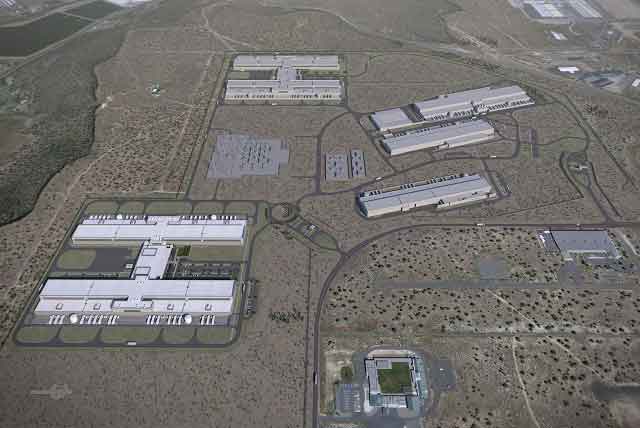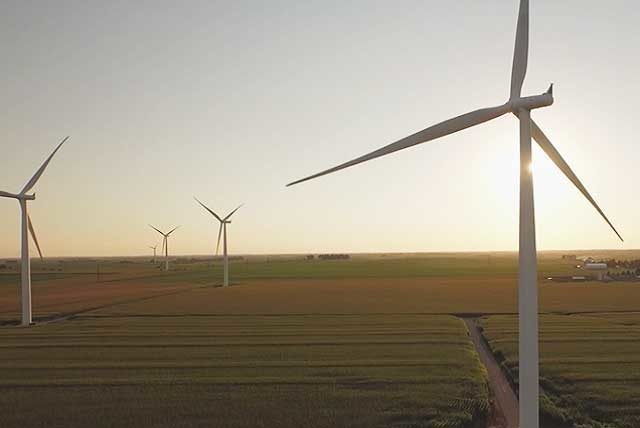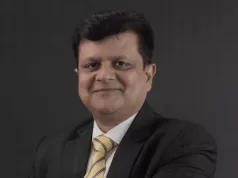Facebook is expanding its data centre which will have two additional big buildings. “We’re expanding it (data centre) and adding two more massive buildings to support the growth of our global community,” Facebook founder Mark Zuckerberg said.
Facebook opened its first data centre in Prineville, Oregon, in 2011. Like all its data centers, the new buildings will also be powered by 100% renewable energy. Zuckerberg said the expansion will create another 100 jobs at the data centre and up to 1500 jobs during construction.
The social network launched itself in 2004, initially out of Zuckerberg’s dormitory at Harvard University with a single server. Facebook’s servers are now housed in several massive data centres around the world.
Every time anyone shares information on Facebook, the servers in these data centres receive the information and distribute it the network of friends. Facebook says its data centres are among the most advanced, energy- and water- efficient data centers in the world.

Starting with its first data centre in Prineville, Oregon, Facebook has sought to revolutionize data center design to maximize efficiency and reliability.
By rethinking and reengineering everything from servers to cooling systems, Facebook has designed and constructed its data centres which it claims are 38% more energy efficient, and use 80% less water than a traditional data centre.
“With every data centre we build, we iterate on our designs to feature increasingly efficient and scalable infrastructure,” the social network says about sustainability.
In 2017, Facebook’s total electricity use was 2,460,000 megawatt hours (MWh)
In 2017, Facebook used 1,609,000 cubic meters (424,994,000 gallons) of water
 Facebook says it also believes that to create meaningful change it has have to go beyond its own walls, which is why it’s part of a collaborative initiative working to green the grid for all by making it easier for companies to procure renewable energy.
Facebook says it also believes that to create meaningful change it has have to go beyond its own walls, which is why it’s part of a collaborative initiative working to green the grid for all by making it easier for companies to procure renewable energy.
Producing wind and solar energy takes less water than producing energy from fossil fuels.
As Facebook moves closer to powering its operations with 100% clean and renewable energy, it also aims to reduce water footprint.
According to Facebook, between 2014 and 2017, its solar and wind energy procurement efforts saved hundreds of millions of gallons of water.
Facebook also strives to conserve water directly. It has installed water-saving fixtures and appliances to conserve water, and all bathroom and kitchen fixtures meet Energy Star® standards.
It also uses minimal water for irrigation by relying on native or adaptive plant species.
“To truly make an impact on the world, we are committed to innovating fast, sharing our breakthroughs with others and collaborating to accelerate our collective progress,” says Alyssa Holt, Sustainability Manager, Facebook.
Founded in 2004, Facebook’s mission is to give people the power to build community and bring the world closer together. People use Facebook to stay connected with friends and family, to discover what’s going on in the world, and to share and express what matters to them. In 2004, one million people were using Facebook. In December 2017, there were 2.1 billion people using Facebook every month.




















